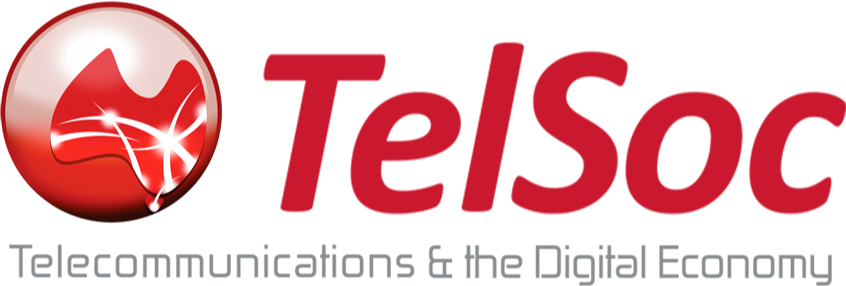Abstract
An historic paper from 1991, republished here online, describes the features of the Iridium low earth orbit satellite system, which provided continuous line-of-sight coverage to any point on the earth’s surface via L-Band mobile handsets.
Introduction
The Iridium Satellite System was developed and patented by Motorola in the late 1980s and became operational in the late 1990s. It was designed to have a constellation of 77 satellites (77 being the atomic number of Iridium) orbiting in a low earth orbit (LEO) approximately 780 km above the earth’s surface. The Iridium mobile handsets operated in the L-Band (1–2 GHz) and effectively provided continuous line-of-sight coverage to any point on the earth’s surface.
The historic paper (McIntosh, 1991) describes the proposed Iridium satellite system before it was launched. A constellation of 11 satellites per plane and 7 polar orbits were required to provide continuous coverage. In the end, 66 satellites were deployed in 6 polar orbits to reduce the significant cost of deployment. Iridium utilised American, Russian and Chinese launch vehicles. According to Graham (2018), the total set-up cost for the first-generation fleet was around USD 5 Billion.
The satellites effectively created cellular-like coverage over the entire earth. They provided inter-satellite communications at 20–30 GHz and the same frequency was used for satellite-to-gateway communications. The inter-satellite links were dimensioned for 3,000 channels and the gateways for 2,000 channels. The historic paper provides details of the Iridium communications system, including its modulation schemes and proposed link budgets.
While the system was a technical success, it suffered from several practical drawbacks, which limited its commercial uptake. The handsets were bulky, and L-Band did not penetrate buildings very well. At the time, people were very familiar with the performance of analogue cellular phones and the Iridium handsets were considered inadequate by comparison. The post-launch airtime cost of around $10 per minute also dampened the market demand.
In 1999, Iridium went into Chapter 11 bankruptcy after falling short of revenue forecasts, but the company was never wound up. A number of changes were made to the company structure and, with American Government support, the system was eventually rescued. Through prudent management the Iridium system has survived, and the original satellites have been subsequently replaced and are back challenging traditional competitors like Inmarsat.
Fast forward to today and the Starlink LEO system from Elon Musk’s SpaceX is the new broadband competitor to Iridium. Each Starlink end-user terminal is a satellite-fed, fixed broadband hotspot (Arevalo, 2020), rather than a true mobile service. With 1,900 satellites currently deployed and 12,000 proposed, it is easy to see that Starlink has considerably more capacity than Iridium.
In Australia, Starlink has a one-off set-up cost per user of around AUD 800 and Internet access costs around AUD 130 per month. Download speeds are up to 100 Megabits per second and upload speeds are up to 20 Megabits per second, with a latency of only 50 milliseconds. This contrasts with a latency of around 600 milliseconds for satellites in geostationary orbit and the reason LEO solutions are favoured for near-real-time satellite-to-ground communications, where lower latency is necessary.
Starlink uses SpaceX as its launch partner and currently has the capability to launch 60 satellites at a time. SpaceX are currently planning between 300 and 400 satellites per launch, using reusable first-stage rockets and are actively working to develop reusable second-stage rockets. This would mean that SpaceX would have a totally reusable launch vehicle that could deploy hundreds of satellites at a time, significantly lowering launch costs. It remains to be seen whether Starlink will be successful in the long term, but the larger capacity and reduced launch costs will certainly assist the business model to break even.
References
Arevalo, E. (2020). SpaceX's Starlink 'UFO on a stick' User Terminal Prototypes Revealed In Photos. Tesmanian, 19 June 2020. Available at https://www.tesmanian.com/blogs/tesmanian-blog/ufo-starlink-terminal
Graham, W. (2018). Iridium NEXT-5 satellites ride to orbit on SpaceX Falcon 9. NASA Spaceflight.com, 29 March 2018. Available at https://www.nasaspaceflight.com/2018/03/iridium-next-5-satellites-spacex-falcon-9/
McIntosh, G. R. (1991). Iridium — A Global Satellite Cellular Network, Telecommunication Journal of Australia, 41(2), 63–66.
Please refer to PDF download for the full paper, including the historical reprint.
